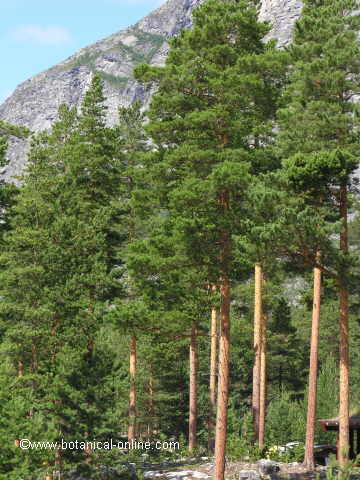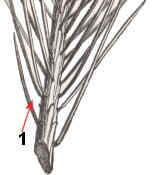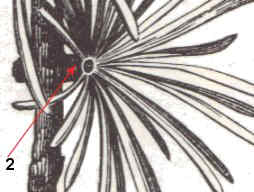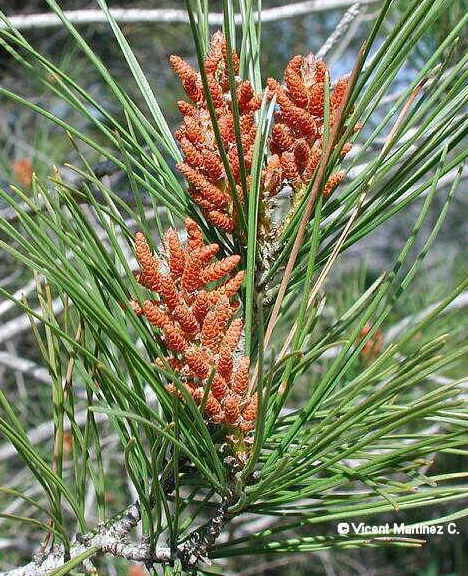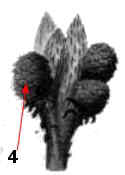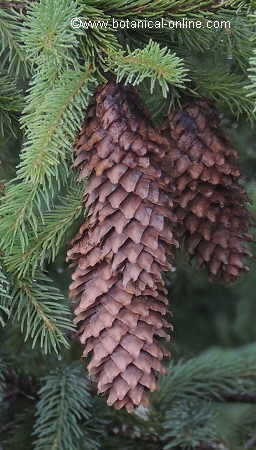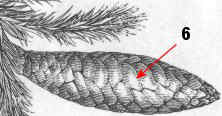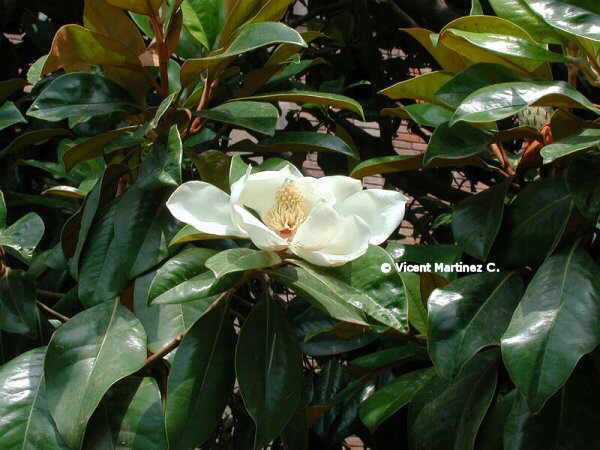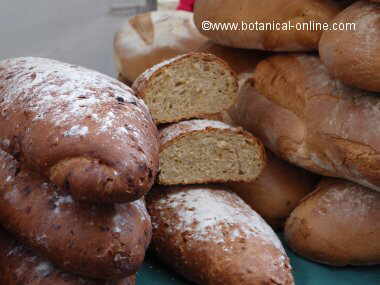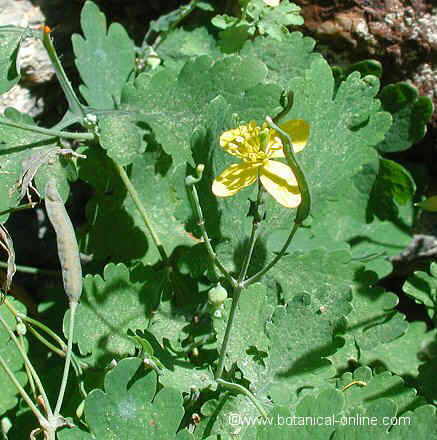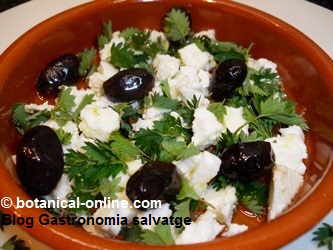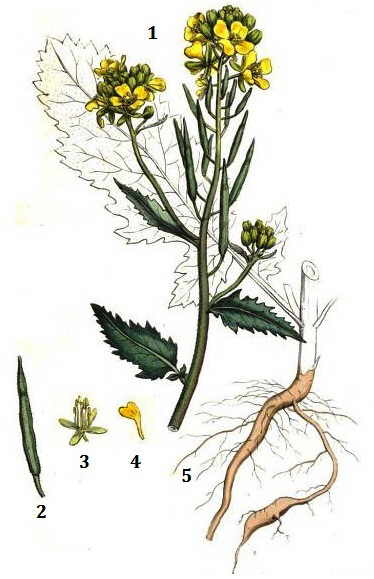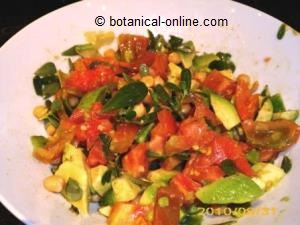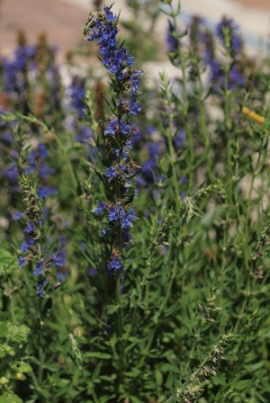Contents
Pinaceae family
What are pinaceae?
The pine family or Pinaceae comprises 250 plant species distributed mainly by the cold northern hemisphere. They are classified within the group of gymnosperms or plants with naked seeds, and within the conifers.
They are mainly trees, rarely shrubs, which can reach very high dimensions as some of their representatives, like redwoods, that get the record of larger trees.
Forest of Scots pine in Norway |
Importance of pinaceae
From an ecological point of view they play a very important role because many of its components are able to colonize the areas with the most extreme climates where other flowering plants have not been able to adapt.
Among the best known trees of this family we have: pines, firs, larches, cedars, etc.
Most northern European forests consist of trees belonging to this family and the most abundant within the Eurasian taiga forest are spruce (Picea abies) or red pine forest (Pinus sylvestris).
To the east, on the Siberian taiga, Picea obovata is replacing the common spruce and, further east, this is replaced by the Siberian larch (Larix sibirica)
From an economic point of view, they are of great interest to man because they take advantage of its wood, its resins, essential oils.
The industry uses them to produce paper, plastics, paints, soaps or cosmetics, etc. The pharmacy industry gets medicines.
They are of great importance in gardening as trees that provide shade and beauty to the large gardens, avenues or squares.
Many of them provide edible seeds or are used as folk remedies. (More information on “Uses of pinaceae“)
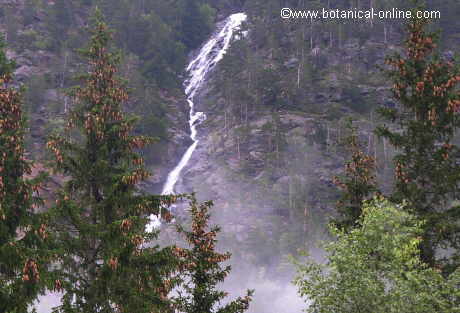
Spruces (Picea abies) full of cones on a Norwegian landscape
CHARACTERISTICS OF PINACEAE
Leaves (1): Simple, usually perennial (except Larix and Pseudolarix), needle-shaped. In the case of Pinus, spirally arranged on a short stems called brachyblasts (2). In other genres appear on normal branches (long shoots) as in the firs, spruces, hemlocks, or pseudotsugas. Larches and cedars insert them on the two types of stems.
Tallos (2): Woody
Needles of Swiss pine (Pinus cembra) |
Brachyblasts of European larch (Larix decidua) |
| Flowers: Neither calyx nor corolla. “Male and female flowers” on the same plant. Formed by lignified strobili. Male flowers (3): Formed by bracts that are arranged around de axis of strobili.
Male flower of Scots pine (Pinus sylvestris)
Male flowers of Aleppo pine (Pinus halepensis) Female flowers (4): Formed by two types of scales: Fertile (Seed scales or ovuliferous scales) and infertile (Bract scales). Each fertile scale has an infertile one at the base.
Female flowers of mountain pine (Pinus mugo)
Norway spruce female flower (Picea alba) |
Seeds of Stone pine (Pinus pinea)
Cone of Norway spruce (Picea abies) |
Stamens: Two below each bract.
Ovules: Two above each fertile scale.
Seeds (5): Two, placed on each fertile scale resulting from of egg maturation. Winged seeds to be dispersed by the wind.
Fruit: Cones (6). Closed till seed maturation.
GENERA OF PINACEAE
They contain the following genera:
Abies
Cathaya
Cedrus
Keteleeria
Larix
Nothotsuga
Picea
Pinus
Pseudolarix
Pseudotsuga
Tsuga
![]() More information on pine nuts and pines.
More information on pine nuts and pines.

